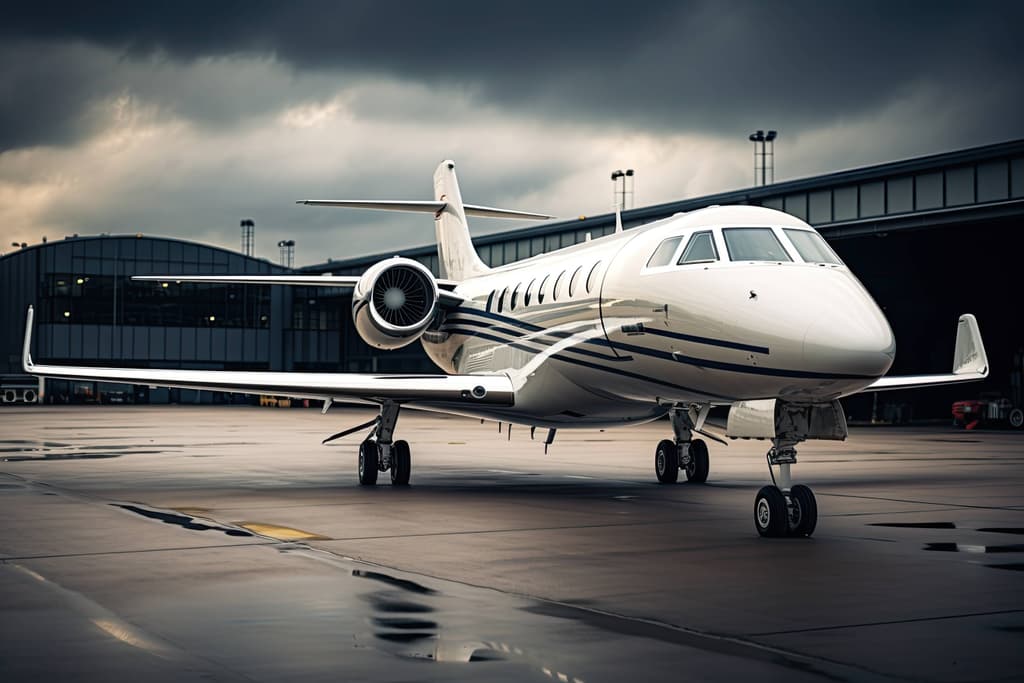Finding Your Perfect Aircraft: A Guide to Luxury Air Travel Solutions

Have you ever dreamed of soaring through the clouds in your own private aircraft? Just as a luxury car enthusiast carefully selects their perfect vehicle, finding the right aircraft requires knowledge, guidance, and access to the right aircraft marketplace. Welcome to your comprehensive guide to navigating the world of high-end aircraft purchasing.
Understanding the Private Aircraft Market
Current Market Trends
The private aircraft market has evolved significantly in recent years, with increasing demand for personal air travel solutions. Like a fine wine collection, the aircraft marketplace offers various options catering to different tastes and requirements.
Market Segments
From light jets to heavy-duty commercial aircraft, understanding market segments helps narrow down your choices. The marketplace typically categorizes aircraft based on size, range, and purpose. For example, light jets are often used for regional travel, while heavy jets are suited for long-haul international flights.
Types of Aircraft Available
Private Jets
- Light Jets: Perfect for short-range trips of up to 2,000 miles, typically accommodating 4-8 passengers.
- Mid-size Jets: Ideal for continental travel with a range of up to 3,000 miles, typically accommodating 7-9 passengers.
- Heavy Jets: Designed for long-haul international flights, offering a range over 6,000 miles, and can carry up to 18 passengers.
Helicopters
- Single-engine helicopters: Great for shorter, local trips, offering lower operational costs.
- Twin-engine models: Preferred for enhanced safety, with better performance in adverse conditions.
- Luxury helicopter variants: Designed for maximum comfort, these often include high-end interiors and amenities for VIP passengers.
Key Considerations When Purchasing
Mission Profile
Your mission profile is one of the most important factors in determining which aircraft is best for you. Consider flight distances, frequency of trips, number of passengers, and whether you'll need to carry cargo. A light jet may be ideal for business trips across states, while a heavy jet may be required for intercontinental flights.
Operating Environment
Climate conditions, airport altitude, and facilities play a role in the aircraft’s suitability for your needs. Aircraft operating in mountainous or hot climates may require special considerations such as high-performance engines or enhanced cooling systems.
Navigation Through Aircraft Marketplace
Research and Resources
Begin your search through reputable brokers, online platforms dedicated to aircraft sales, and direct consultations with manufacturers. Trusted aircraft brokers often provide a wealth of knowledge and access to exclusive listings.
Market Evaluation
Like the real estate market, aircraft values fluctuate based on various factors such as age, condition, market conditions, and demand. It's important to compare similar models across different years and conditions. Stay updated on trends that affect the market, as they can influence pricing and negotiation opportunities.
Financial Aspects
Purchase Costs
Beyond the purchase price, there are other expenses you must consider, such as initial deposits, pre-purchase inspection costs, registration and documentation fees, and initial crew training expenses. Setup costs for maintenance programs should also be factored in.
Operating Economics
Owning an aircraft comes with significant ongoing costs. These include fuel consumption rates, crew salaries, hangar or tie-down fees, scheduled maintenance, insurance premiums, and property taxes (where applicable). It's important to calculate the total cost of ownership before making a purchase decision.
Legal Requirements and Documentation
Aircraft ownership involves various legal obligations such as registration requirements, airworthiness certifications, and operating certificates. Ensure compliance with environmental laws and import/export regulations, especially for international purchases.
Ownership Structure
There are various ways to structure ownership, including direct ownership, LLC or corporation structures, trust arrangements, joint ownership programs, or fractional ownership programs. Choosing the right structure can impact tax obligations and liability.
Inspection and Verification Process
Pre-Purchase Inspection
A thorough pre-purchase inspection is crucial to ensure the aircraft is in optimal condition. This should include a review of maintenance records, verification of structural integrity, operational checks on all systems, avionics testing, and an engine condition assessment.
Documentation Review
Verify all essential paperwork including maintenance logs, damage history, modification records, compliance with airworthiness directives, and component time tracking. This ensures transparency and protects you from unforeseen issues.
Maintenance and Operating Costs
Scheduled Maintenance
Regular maintenance is essential to keeping your aircraft in top condition. Maintenance requirements typically include manufacturer-recommended service intervals, avionics updates, interior refurbishments, and engine overhauls.
Operational Support
Consider ongoing operational needs such as flight planning, ground handling arrangements, catering, cleaning services, and crew scheduling to ensure smooth operations.
Insurance and Safety Considerations
Insurance Requirements
It is critical to secure appropriate insurance coverage for your aircraft, including hull insurance, liability coverage, passenger insurance, and ground risk coverage. War risk insurance may also be necessary in some cases.
Safety Programs
Comprehensive safety programs should include emergency response plans, safety management systems, crew training programs, weather monitoring systems, and maintenance tracking programs to ensure the safety of passengers and the aircraft itself.
Making the Final Decision
Once you’ve evaluated various models, it’s time to make your final decision. Consider factors like the total ownership costs, the aircraft’s operational capabilities, and its potential future resale value. Also, review the manufacturer’s support program and warranty options.
Professional Support
Engage key professionals such as an aviation attorney, tax advisor, insurance specialist, technical inspector, and financial advisor to guide you through the final steps of the process.
Conclusion
Investing in a private aircraft is a significant commitment, but it can be an incredibly rewarding one. From understanding the marketplace and key considerations to ensuring proper financing, maintenance, and safety protocols, the right choice will enhance your travel experience for years to come. Working with trusted brokers, legal professionals, and financial advisors ensures a seamless purchase process and long-term satisfaction.
By carefully considering your needs, evaluating different aircraft options, and following proper procedures, you can confidently make a decision that suits your lifestyle and travel requirements. Take the time to educate yourself, explore various options, and consult with experts to secure the ideal aircraft for your personal or business use.
FAQs
- What is the average cost of maintaining a private aircraft?
- Annual maintenance costs typically range from 5-10% of the aircraft's purchase price.
- Do I need special licenses to own an aircraft?>
- No, but you'll need proper registration and airworthiness certificates.
- What financing options are available for aircraft purchase?
- Options include loans, lease programs, and fractional ownership.
- How long does the aircraft purchase process typically take?
- The process usually takes 2-6 months, depending on the complexity and specific requirements.
- What should I prioritize when choosing between different aircraft models?
- Focus on your flight requirements, range, safety features, and long-term operating costs.
Similar News
See All


